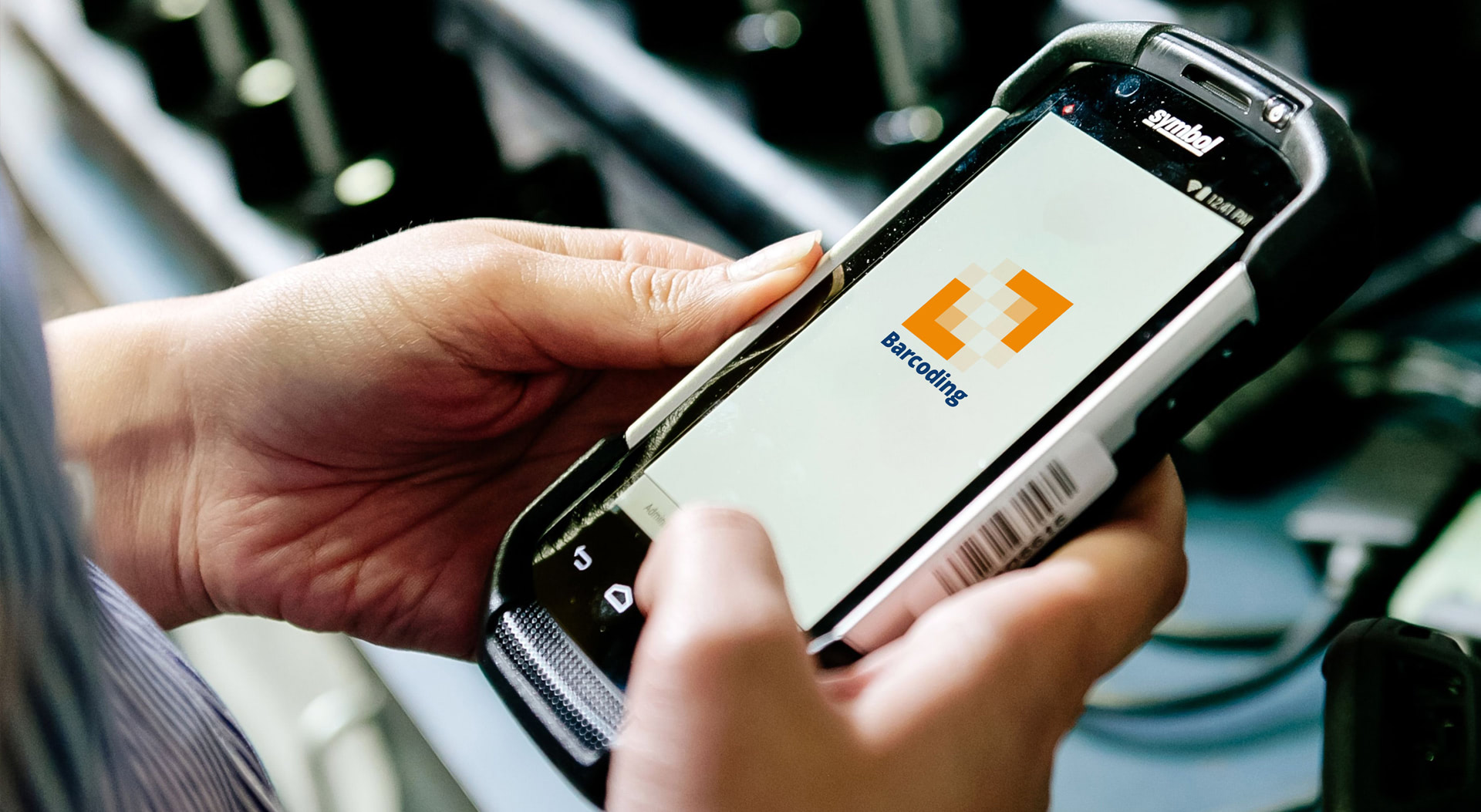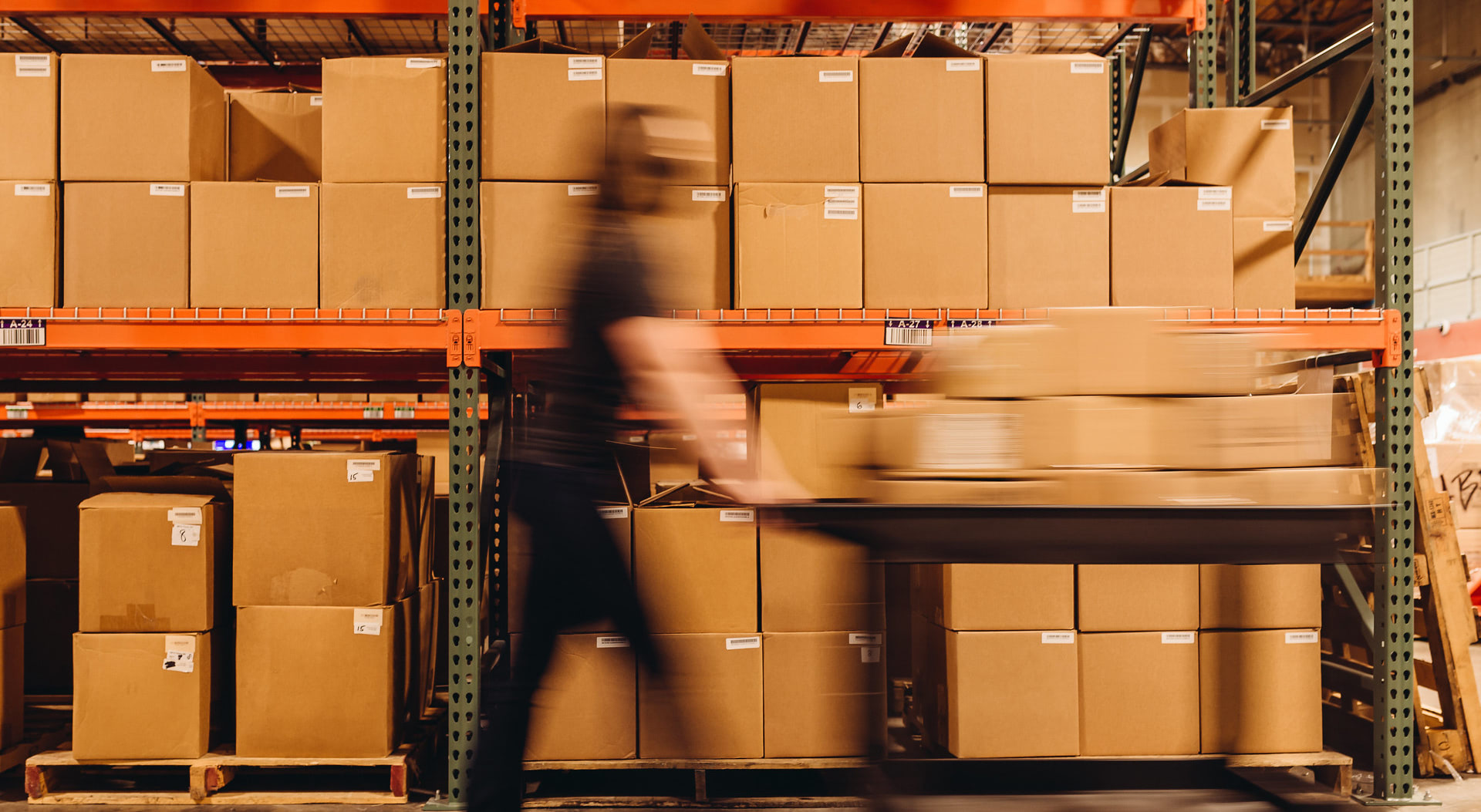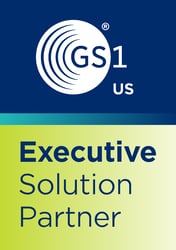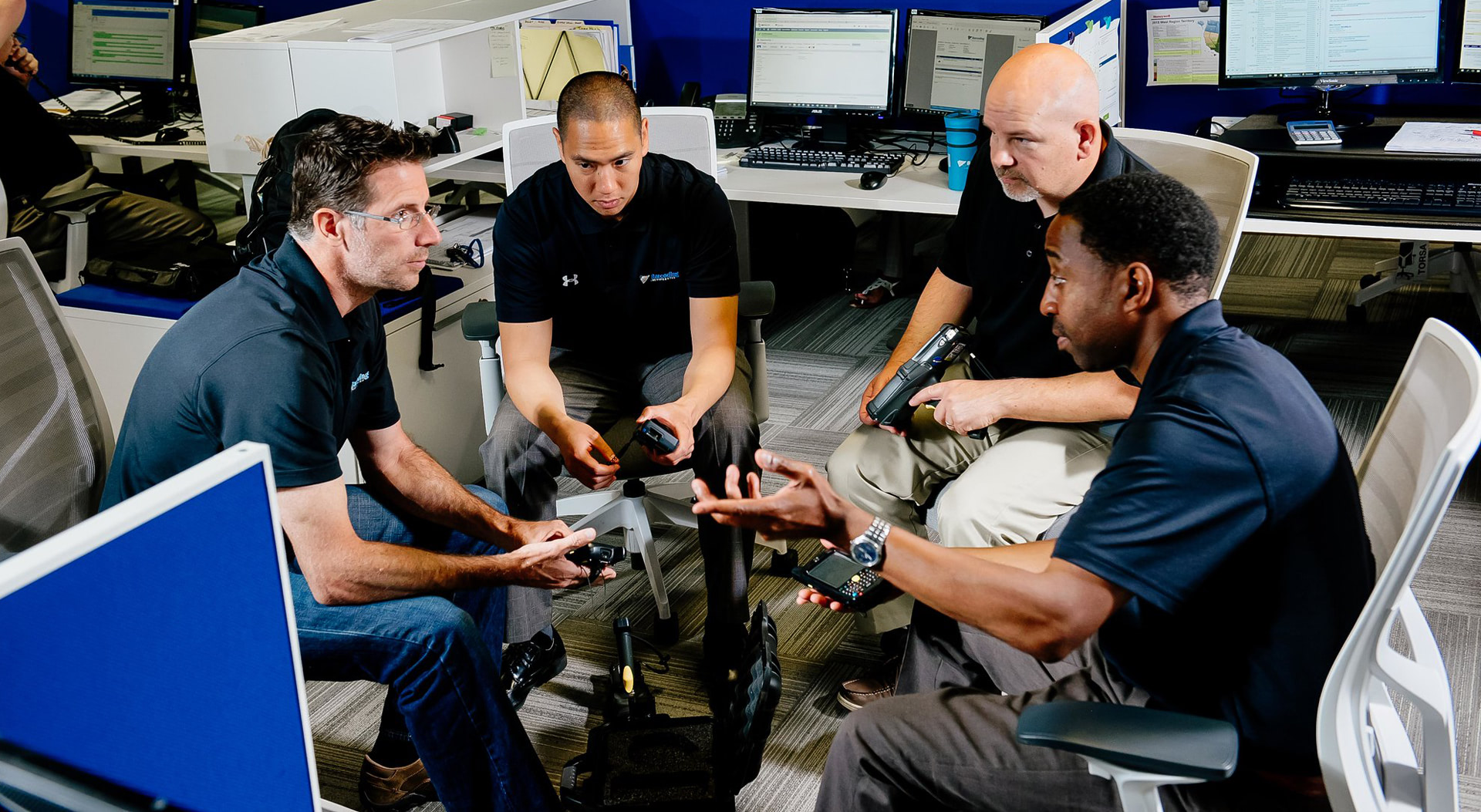Our Approach
A Barcoding solution is never just a piece of hardware: This is the heart of Barcoding’s Process, People, Technology (PPT) philosophy.
First, we work to understand our clients’ businesses—their workflows, people, cultures, and goals—and then we discuss the types of technology available to fit their needs.
Industries
Barcoding’s #SupplyChainGeeks draw on decades of experience across manufacturing, distribution, retail, and transportation & logistics.
Our experts partner closely with customers and technology partners, taking a brand-agnostic, Process-People-Technology approach tailored to your industry’s complex landscape.
Subscribe to the Blog
Our Partner Network
Barcoding, Inc. is a premier partner with the best manufacturers and software providers in the automated data capture, mobility, and supply chain spaces. Because of our strong relationships, our clients have access to high-level resources at our partners’ organizations—from the executive teams to sales, engineers, and support.
Headquarters
3840 Bank Street
Baltimore, MD 21224
Call us: 1.888.412.SCAN (7226)
Email us: info@barcoding.com
Our Approach
A Barcoding solution is never just a piece of hardware: This is the heart of Barcoding’s Process, People, Technology (PPT) philosophy.
First, we work to understand our clients’ businesses—their workflows, people, cultures, and goals—and then we discuss the types of technology available to fit their needs.
Industries
Barcoding’s #SupplyChainGeeks draw on decades of experience across manufacturing, distribution, retail, and transportation & logistics.
Our experts partner closely with customers and technology partners, taking a brand-agnostic, Process-People-Technology approach tailored to your industry’s complex landscape.
Our Partner Network
Barcoding, Inc. is a premier partner with the best manufacturers and software providers in the automated data capture, mobility, and supply chain spaces. Because of our strong relationships, our clients have access to high-level resources at our partners’ organizations—from the executive teams to sales, engineers, and support.
Headquarters
3840 Bank Street
Baltimore, MD 21224
Call us: 1.888.412.SCAN (7226)
Email us: info@barcoding.com





 Each unique item is labeled with a barcode assigned to the individual asset, following industry standards and best practices. Depending on the use and application, the barcode printed on the label may be created solely for internal use (such as a SKU, or stock keeping unit) or for global use (such as a UPC, or universal product code, following
Each unique item is labeled with a barcode assigned to the individual asset, following industry standards and best practices. Depending on the use and application, the barcode printed on the label may be created solely for internal use (such as a SKU, or stock keeping unit) or for global use (such as a UPC, or universal product code, following 
